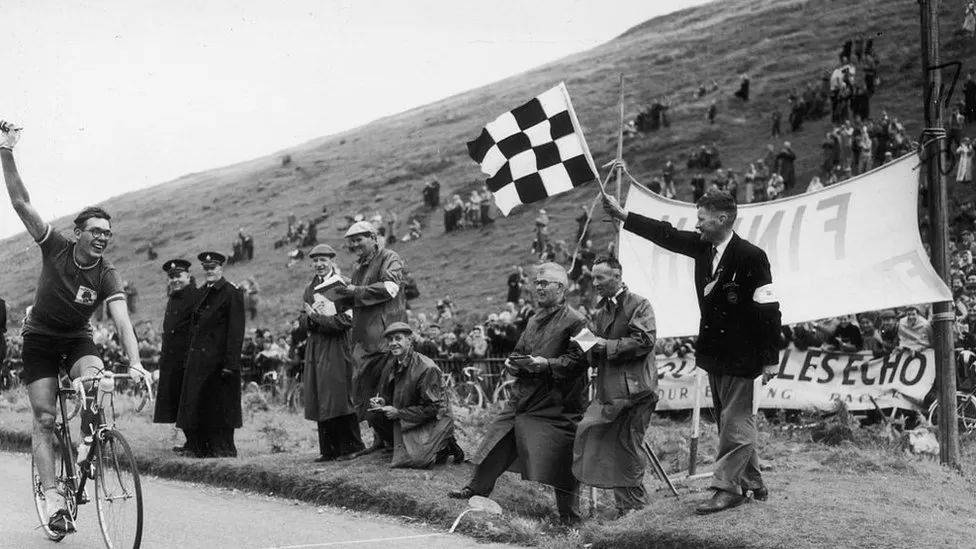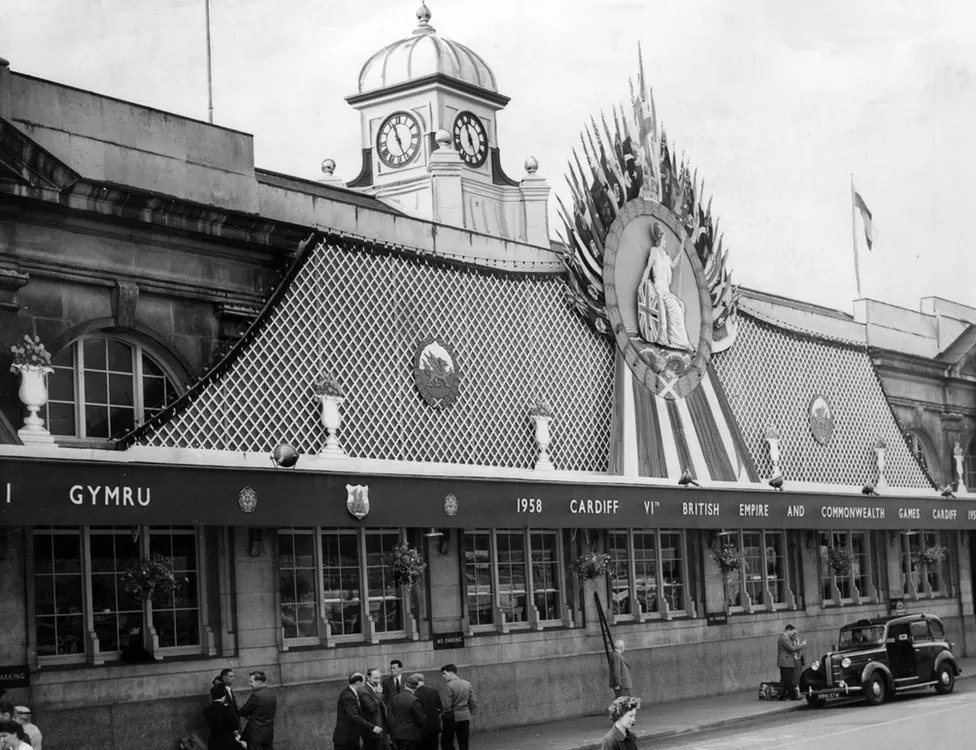Disappearing Traces of Wales’ Biggest Event: 1958 British Empire and Commonwealth Games
The remnants of what is arguably Wales’ most significant event are vanishing, leaving behind memories of the 1958 British Empire and Commonwealth Games that experts believe may never be replicated. With 1,130 athletes from 35 countries descending upon Cardiff, the grandeur of those games is unmatched to this day.
Unfortunately, very little remains of the venues used during that historic event. The Sophia Gardens Pavilion was demolished in 1982, and the Empire Pool met the same fate in 1998. Now, the Maindy Velodrome, the last vestige of the games, is also at risk of being bulldozed under new plans.
For sports author Huw Richards, the 1958 games surpass even the 1999 Rugby World Cup as Wales’ most significant hosting endeavor. “As soon as you set foot in the Arms Park and saw the gathering of elite athletes from all over the globe, you could feel a sense that Wales had become a grown-up member of the world community,” described cultural historian Prof Peter Stead.

While Maindy Velodrome is widely known for nurturing Wales’ finest cycling talents, including 2018 Tour de France champion Geraint Thomas, it is also the site where riders competed for gold in 1958. However, proposals to expand Cathays High School could lead to the loss of the velodrome, with plans to construct a new track in Cardiff Bay.
Maindy Flyers, the club that utilizes the velodrome, voiced their concerns, deeming it “unacceptable” to be left without a facility for future generations of cyclists. Cardiff Council acknowledged the historical significance of the site but emphasized that the new velodrome had the support of the national governing body for cycling.
A similar sense of loss was experienced by the swimming community when another venue from the 1958 games vanished. The Empire Pool, boasting 1,722 seats, diving boards, and Wales’ only 50m pool, was demolished to make way for the Millennium Stadium, which now dominates the city center. Swim Wales’ head of aquatics and inclusion, Sioned Williams, acknowledged the Empire Pool’s significance and described its replacement, the Wales National Pool in Swansea, as a “thriving hub” for elite programs and events. Additionally, an Olympic-sized pool now exists in Cardiff Bay.

The 1958 games, occurring three years after Cardiff became the capital, marked a significant moment for the nation, according to sports historian Huw Richards. However, he pointed out that the event was relatively smaller, with just over 1,100 athletes participating in 94 events, compared to the most recent games in Birmingham, which featured 5,000 athletes competing in 280 events.
Cardiff Arms Park, where the track events took place, looked drastically different back then, with a capacity of 60,000 as the home stadium for Cardiff RFC and the national rugby team. Through subsequent redesigns, the current capacity is 12,500, with only the Gwyn Nicholls Memorial Gates, erected in 1949 to honor one of Wales’ greatest rugby players, remaining. Today, the Principality Stadium looms next to it, having undergone significant transformations since 1958.
- Cardiff City 0-0 West Brom: Bluebirds relegated on disastrous day for club
- Chris Eubank Jr vs Conor Benn: Fight start time, TV channel and full undercard
- Ospreys keep play-off hopes alive with statement nine-try derby win
- I ate at the Cardiff institution that’s among the last of its kind in the city centre
- Chris Eubank Jr vs Conor Benn exact start time and how to watch on TV
The construction of a new National Stadium began in 1969, and it was officially opened in 1984. However, just 11 years later, it was demolished to make way for a super-stadium to host the 1999 Rugby World Cup. While the 1999 tournament stands as Wales’ main rival to the 1958 games as the biggest event, Huw Richards argued that the comparison doesn’t hold up. “In 1999, Wales was the host of record,